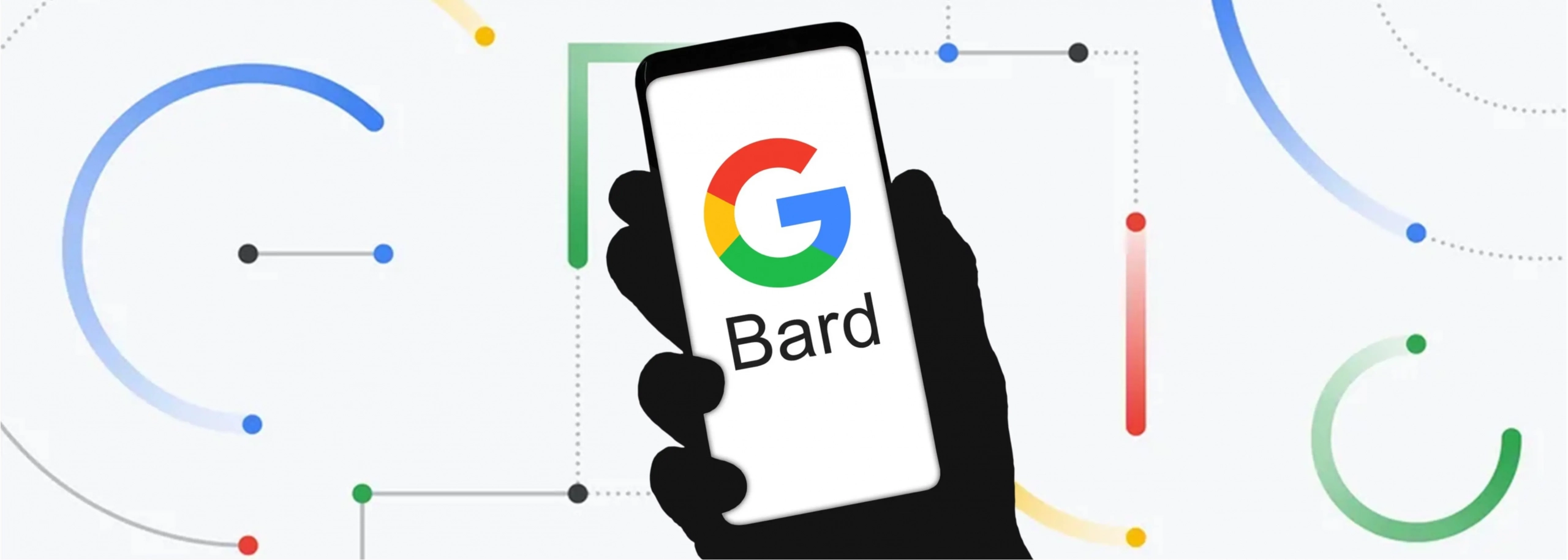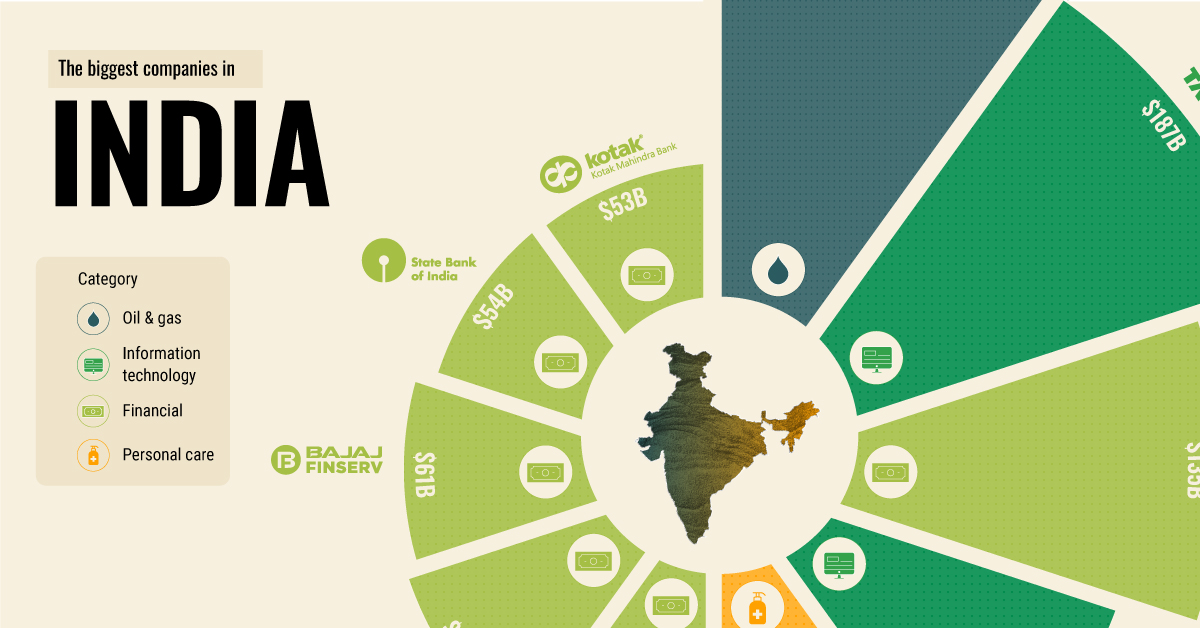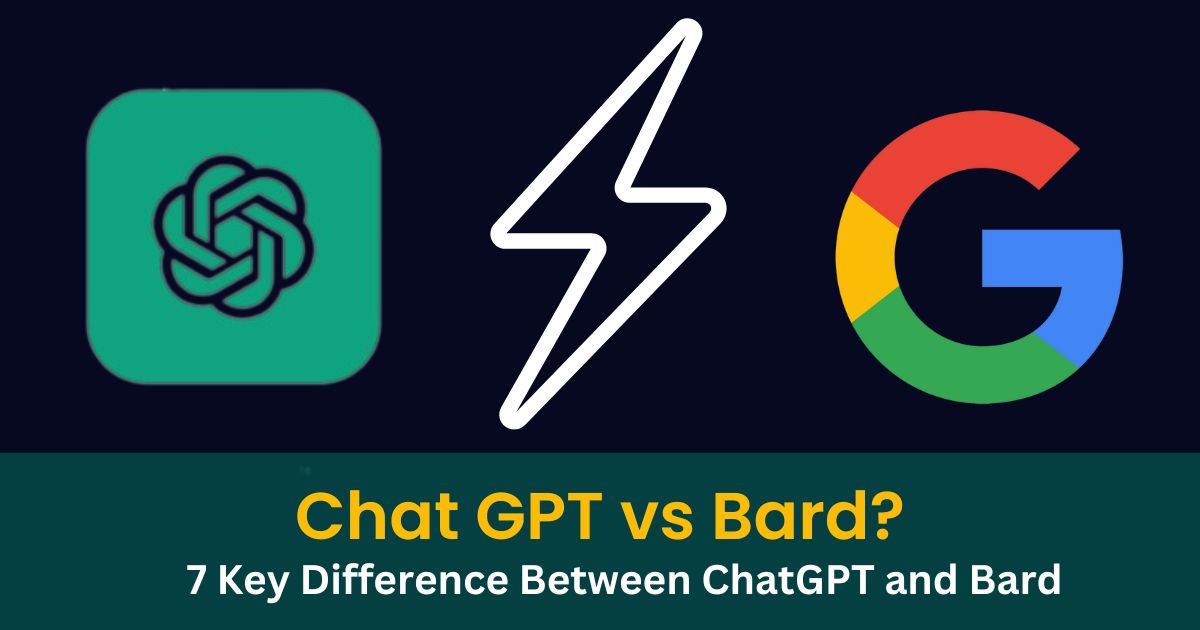Table of Contents
In Short
Google Bard is now available in 180 countries.
Bard is an AI-powered chatbot developed by Google.
Google also announced upcoming features for Bard during Google I/O.
Google Bard: How to Use Google’s AI Chatbot
The world is experimenting with generative AI and Google doesn’t want to be left behind in the race. After the popularity of OpenAI’s ChatGPT and Bing AI, Google unveiled Bard, its own AI-powered chatbot, in February this year. However, at the time of launch, Bard had various limitations and was available only to a few trusted testers. Eventually, Google rolled out Bard’s access for users in the UK and the US.
And now, during Google’s annual mega event, the Google I/O, the tech giant announced that the wait for Bard comes to an end and that the chatbot is now available for all. In India too, you can use Google’s Bard by following a few simple steps & knows about Google Bard: How to Use Google’s AI Chatbot
What is Google Bard?
As mentioned already, Bard is a conversational AI chatbot unveiled by Google in February this year. It works in a way similar to that of OpenAI’s ChatGPT and Microsoft’s Bing. The AI-powered chatbot can help users search for important information, solve coding problems, come up with content ideas, and much more. Bard was announced around the same time as Bing and the two new chatbots took the internet by storm.
In other words, just like ChatGPT, Bard AI too is a large language model (LLM) that has ingested a vast amount of data and then has learned from that data to chat with users and provide them the relevant information on Google Bard: How to Use Google’s AI Chatbot

Earlier, Bard’s public access was rolled out for the public in March. At that time, Bard was only available for a few users in the UK and US. People also had to sign up for a waitlist to get access to Bard
Now, however, the AI-powered chatbot is available for users in more than 180 countries and territories, including India. And there is no waitlist. Google, during the Google I/O, also said that Bard is now powered by the tech giant’s new state-of-the-art language model, the Palm 2.
In the future, Bard will get some major upgrades and will be more ‘visual’ in its responses.
How to access Google Bard in India
To access Bard, you can head over to bard.google.com. A message saying that the chatbot is still being tested will be displayed. You will then see an option that says ‘Try Bard’. Click on the option and accept the company’s privacy policy and that’s it! Bard will be available to you for use and you can start exploring the chatbot.
At the top left of the Bard chat window, you will see the word ‘Experiment’ written right next to Bard. In addition to this, a small message displayed right below the prompt bar reads, “Bard may display inaccurate or offensive information that doesn’t represent Google’s views.”




